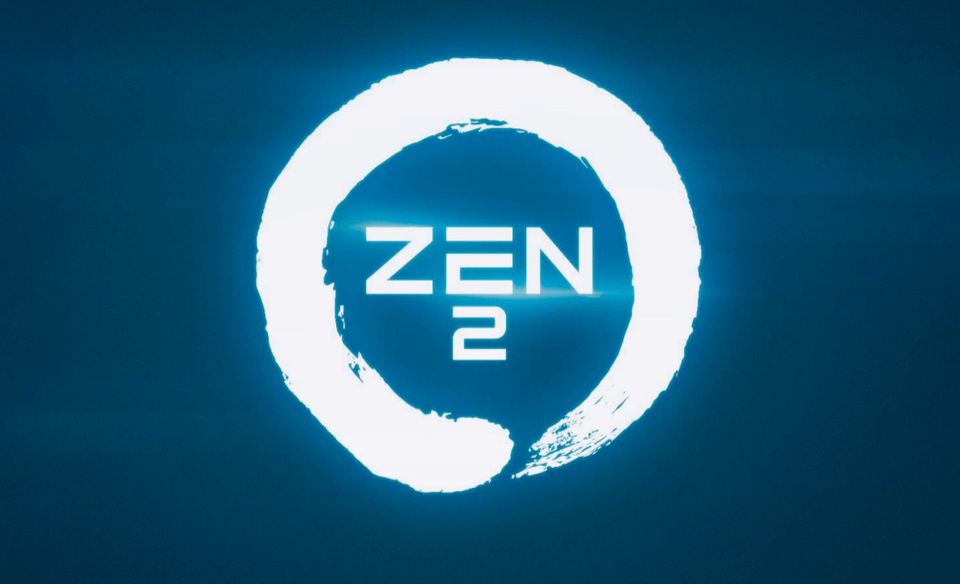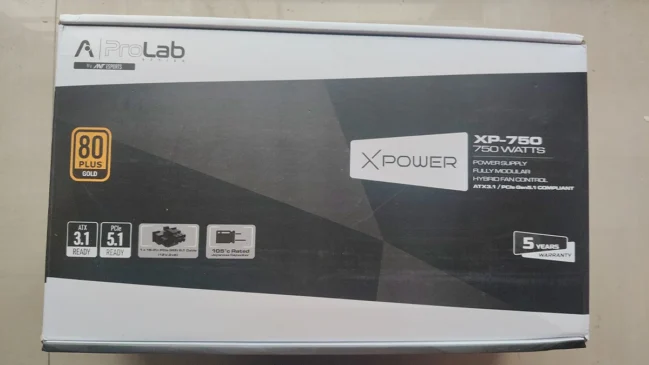
Back in 2017 when Zen
AMD’s Mark Papermaster spoke in detail about its new 7nm Zen 2 core and partnership with TMSC, which will be manufacturing it. From the outset, he claims a doubling of core density and halving of power consumption for the same performance, both potentially indicating that we’ll see increased core counts in future from its CPUs. He also claimed that Zen 2 will offer a 1.2x performance boost in IPC over current Zen+-based CPUs helped along by using a second generation Infinity Fabric.

AMD talked extensively about the forthcoming Zen 2 architecture. The goal of the original Zen architecture was to get AMD, at the very least, competitive with what Intel had to offer. AMD knew that Zen would not take the performance lead from Intel, but the pricing and features of its chips made them nonetheless attractive, especially in workloads that highlighted certain shortcomings of Intel’s parts (fewer memory channels, less I/O bandwidth). Zen 2 promises to be not merely competitive with Intel, but superior to it.

Intel’s long-delayed 10nm manufacturing process still has no specific launch date, with the company still using a 14nm process that’s been refined numerous times, stretching all the way back to its ‘Broadwell’ CPUs launched in 2014.
The original Zen used a multichip module design. Chips used one, two, or four dies (for Ryzen, first-generation Threadripper, and

Zen 2 will be the building block of its Ryzen and Ryzen Threadripper desktop CPUs as well as its EPYC server CPUs and is the most significant step in Zen’s timeline for a number of reasons. AMD needs to keep driving performance upwards to stay competitive and already made significant gains with Zen+, offering higher frequencies and improved boosting algorithms that offered tangible benefits, especially in lightly-threaded workloads. The move to 7nm should allow for higher frequencies as well as increased yields and this will impact all three tiers of its current processor line-up.








